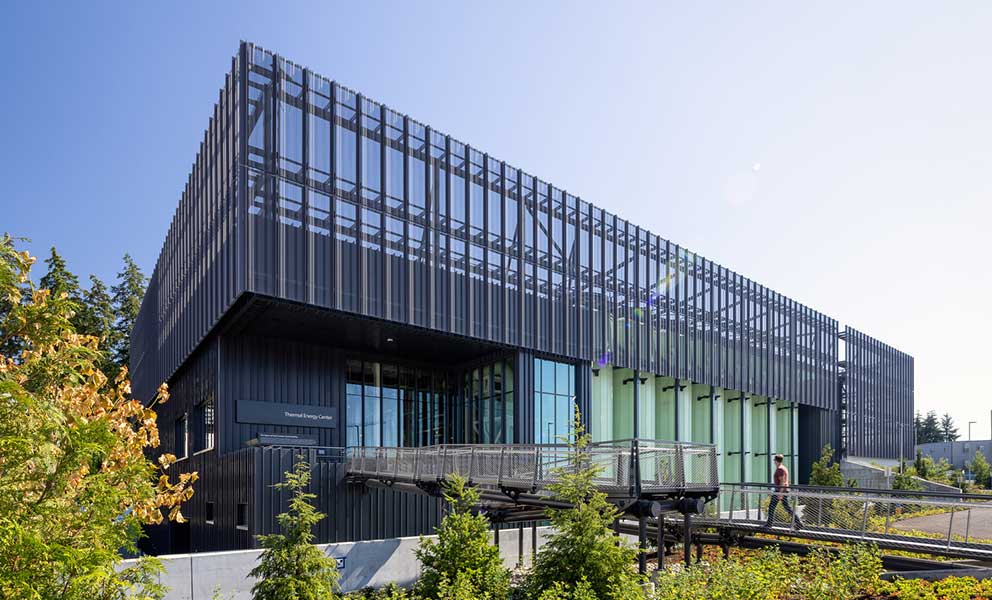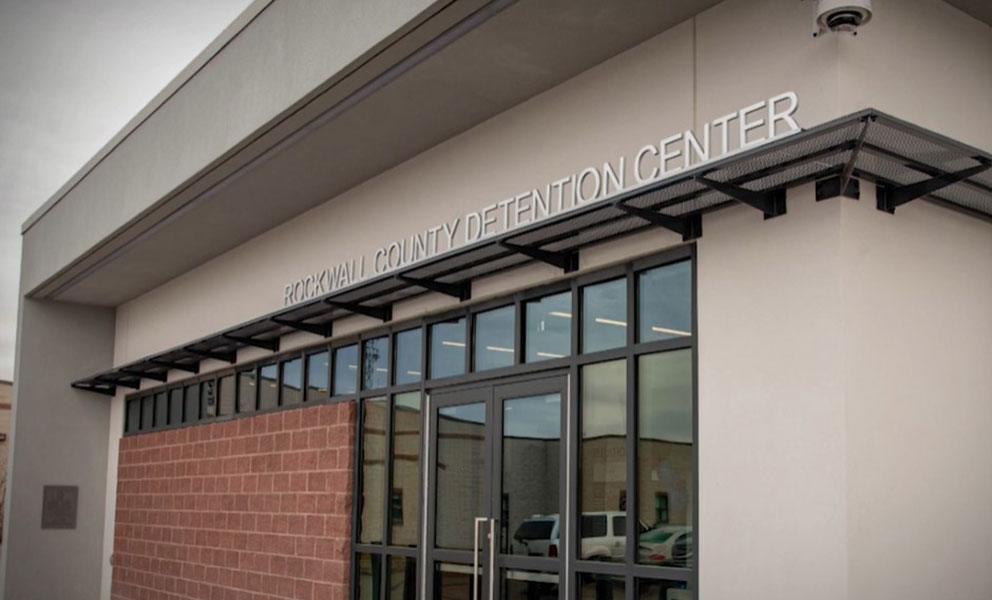Last month, Trane’s High Tech vertical team traveled to San Francisco to participate in SEMICON West with other industry innovators. Their days were spent diving into key challenges affecting the global microelectronics industry, discussing everything from supply chain disruptions, to climate change, and talent shortages.
While there, Director of Global and Complex Accounts, Andy Alcorn, joined Semiconductor Digest Editor-in-Chief, Pete Singer, for a video Q&A. They covered Trane’s sustainability goals and how we help semiconductor manufacturers meet goals related to decarbonization, Scope 1, 2 and 3 emissions, supply chain resiliency, water consumption, and energy efficiency.
Read their conversation below.
Q: Andy, everyone knows Trane from the air conditioners in their home, but you’re very involved in the semiconductor industry as well. Can you tell us about the semiconductor requirements in terms of HVAC and how Trane is involved?
A: Yes, thanks, Pete. At seminars like this, you hear a lot of talk about sustainability, supply chain resiliency, and energy efficiency. A lot of what Trane talks about when we get into this is that we can impact the end user’s facility in multiple aspects. When someone approaches us and asks what we can do to help deliver on their sustainability goals, we’ll often walk them through our Scope 1 or Scope 2 emissions and look at what we can do to help with electrification. For example, things like taking away any burning of fossil fuels, indirect energy efficiency, and water consumption.
Q: With so much new construction happening in the U.S., when do companies typically get you involved in the process?
A: That’s a great question. Never early enough. Everyone is probably familiar with what long-lead items are and what they can do. One of the things we’ve been trying to do is get involved as early in the development and procurement process as possible. Because decisions made at this stage don’t only impact the initial construction. For example, energy efficiency impacts the entire life of the building. Then we have services that are going to offer how we keep this relationship going. And when you’re building in remote areas where you need a large parcel of land, it’s important to get Trane’s workforce assembled in that area to keep the building going, maintain critical uptime, and deliver the most efficient process we can. Some of it we can do remotely though digital connectivity, but we love to be involved in determining what we can do remotely and then how we can help the operators long-term.



































































































